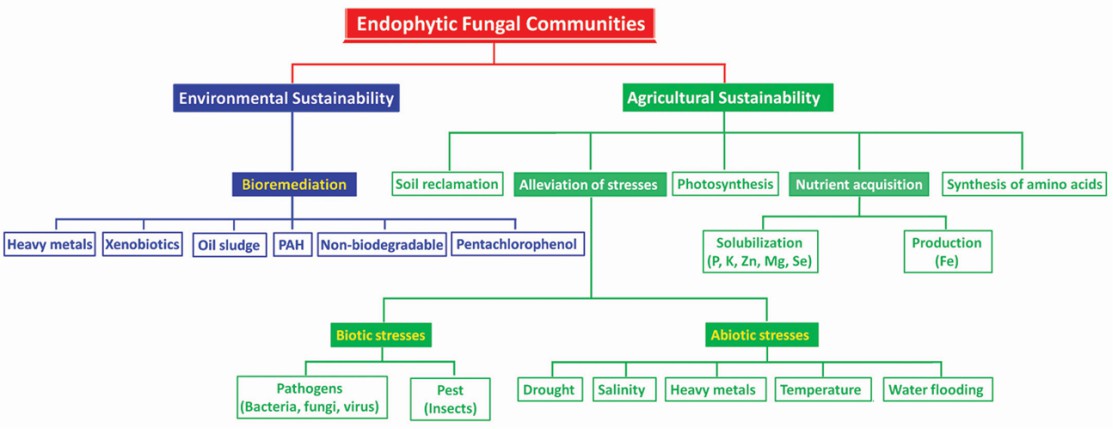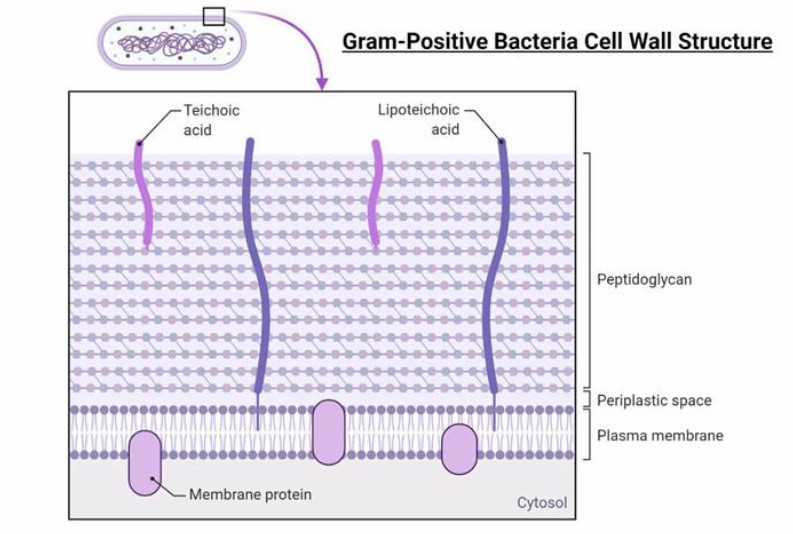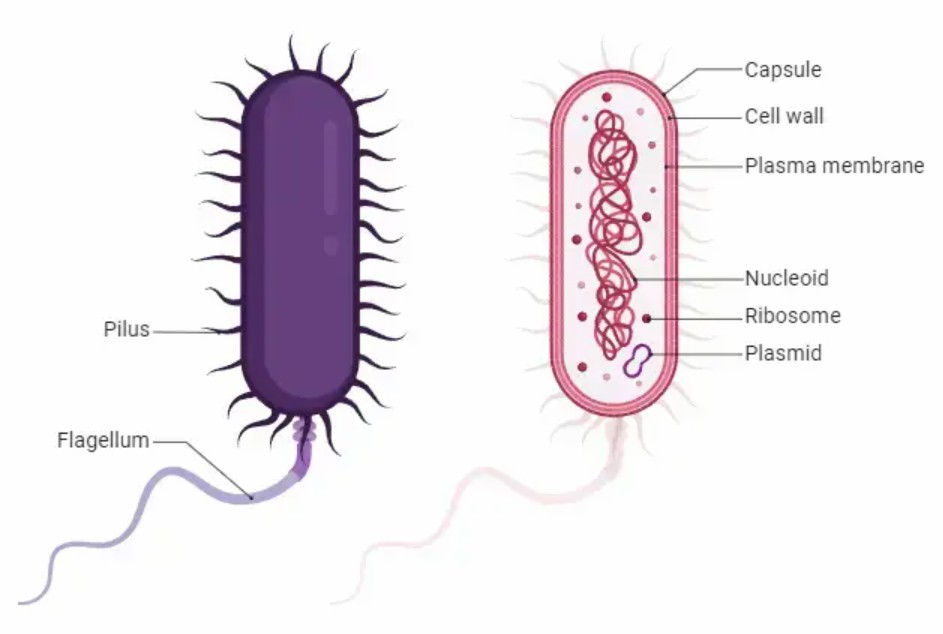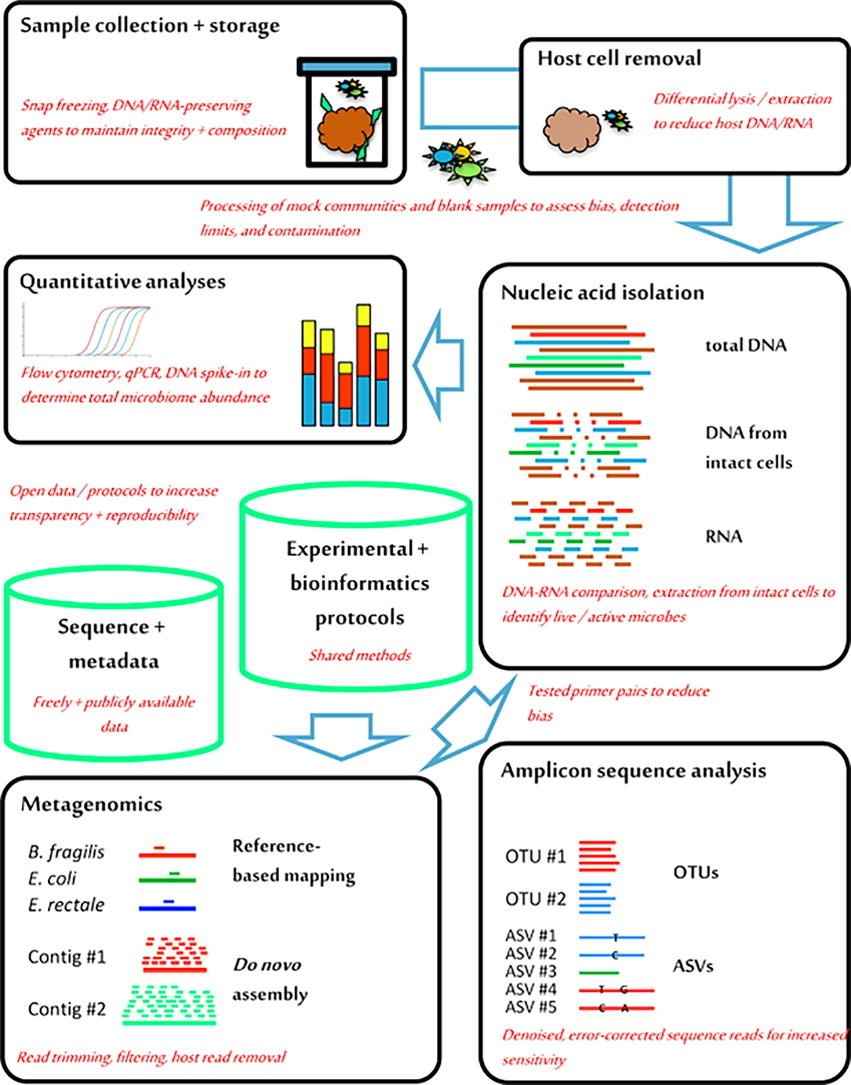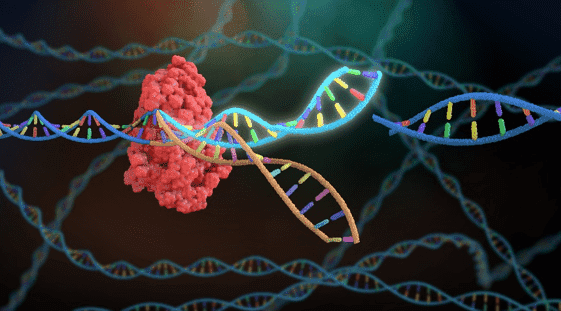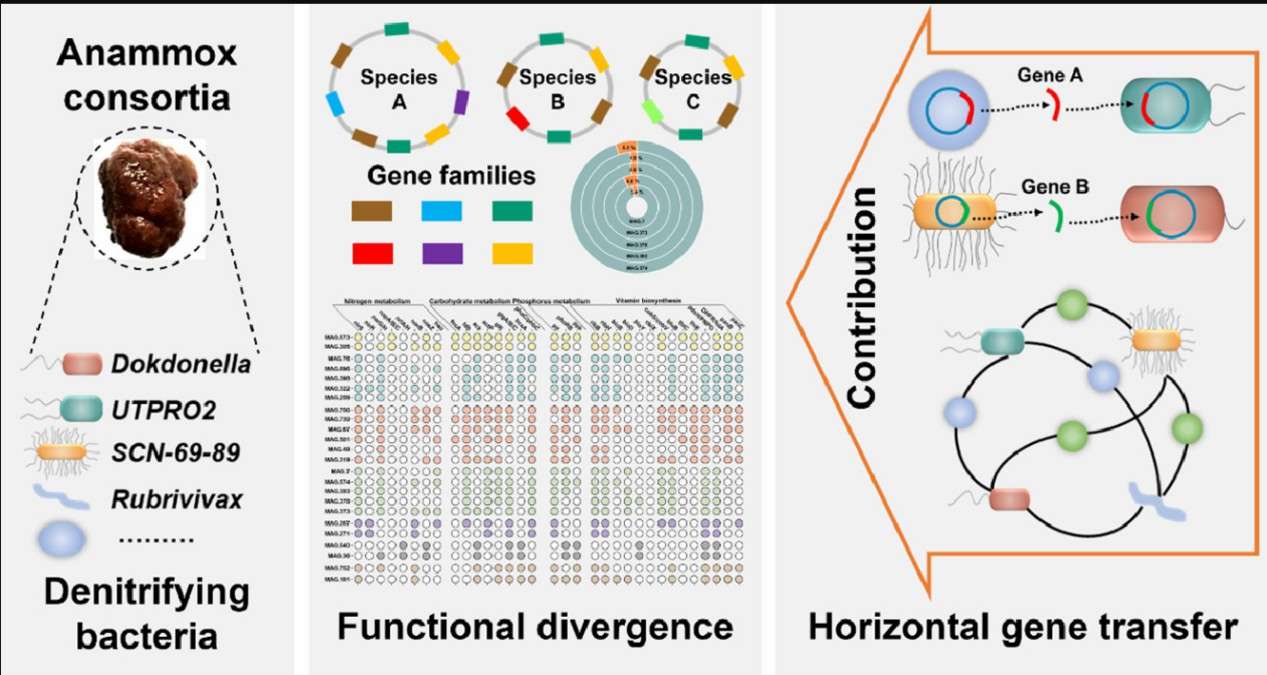
Microbial Divergent Evolution: Molecular Mechanisms, Case Studies, and Analytical Approaches
In the vast theatre of nature, microorganisms reign supreme as the oldest and most abundant life forms, holding a pivotal position. A question often arises: "Why do microorganisms in similar environments evolve differently?" The answer lies in the intricate and fascinating process of divergent evolution. Despite seemingly identical environmental conditions, microorganisms can evolve into populations […]


 Sample Submission Guidelines
Sample Submission Guidelines